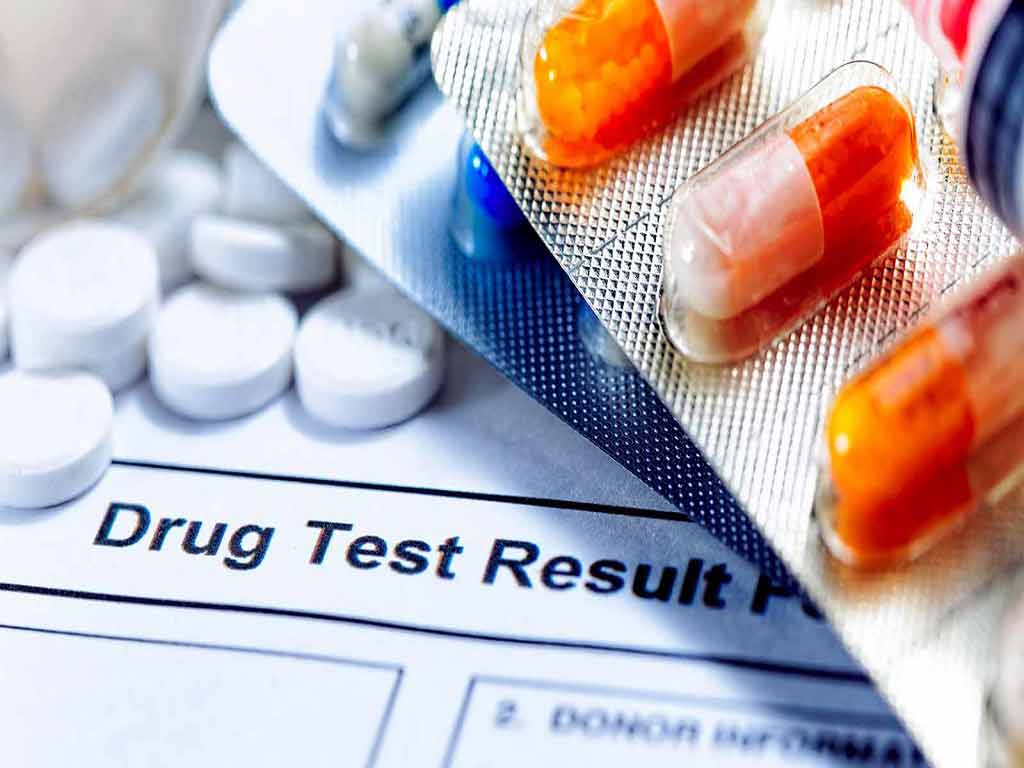Random Drug and Alcohol Testing Policy: Overview
21 November, 2023

Substance abuse in the workplace causes many problems. This has led to companies adopting a random drug and alcohol testing policy. This policy allows employers to conduct unannounced tests on their employees. They may use blood, hair, urine, saliva, and breath tests to detect substance use among workers. Furthermore, the policy may include the steps to take after a non-negative test result. Doing so deters the misuse of drugs and alcohol and creates a safer workplace.
Employers need to ensure the safety of everyone in the workplace. This includes employees, visitors, and contractors. Thus, they must strictly implement policies to prevent impaired workers from causing incidents. In addition, they must establish clear sanctions and properly implement them to show their commitment. However, they must also make sure to protect the privacy of the employee. This article will present what a random testing policy is, the types of procedures, and what happens after a non-negative result.
What is the Random Drug and Alcohol Testing Policy
The random drug and alcohol testing policy is a set of guidelines and procedures that organisations implement to ensure a safe and drug-free workplace environment. This policy often involves regular and unannounced testing of employees for drug and alcohol consumption. Its primary purpose is to deter drug and alcohol misuse among employees. In addition, it helps employers identify which employees are misusing alcohol, prescription medications, and illegal drugs.
Random testing is typical in high-risk industries. This includes the rail transport, mining, and construction industries. To ensure fairness, companies may use a random generator computer program to select the participants for an unannounced test. This helps detect which current employees are doing their duties while impaired. This is crucial, especially for safety-sensitive positions.
Unidentified impairment and substance misuse may lead to accidents. This is because intoxicated workers are more prone to reckless behaviours. Accidents from substance misuse may cause reputational damage and higher costs for the employer. They may also see lower productivity, higher turnover rates, and increased absenteeism and tardiness. Thus, strict implementation of company policy is vital.
Purpose of the Policy
- Protecting employees: there are many consequences of substance abuse. A comprehensive policy can help in preventing substance use disorders in employees.
- Creating a safer workplace: Impaired workers have lower physical and mental capabilities. This may lead to accidents that endanger public safety and cause injuries and deaths.
- Ensuring compliance: Australian companies must comply with relevant safety legislation and regulations. One example of this is the Work Health and Safety Act.
- Mitigating legal risks: policies help protect the company from litigation originating from workplace accidents. It does this by establishing safeguards and adding restrictions on employee conduct.

Types of Procedures in Random Drug and Alcohol Testing Policy
Companies may include different testing methods in their random drug and alcohol testing policy. Several testing procedures are available to detect various substances in the body. Firstly, urine tests are considered the standard for workplace testing. These use urine samples to detect substances consumed within the last 24 hours. Moreover, an ethyl glucuronide (EtG) test extends the detection period of alcohol to 80 hours.
Secondly, employers often use saliva tests for onsite testing. It has an easy collection procedure and allows detection of substances for up to 12 hours. Thirdly, breath alcohol tests measure the Blood Alcohol Concentration (BAC) levels of an individual. Nowadays, many use breathalysers to do this. These devices can detect alcohol intake for up to 24 hours.
Fourthly, hair follicle tests help acquire a history of substance use. Collectors gather 100 to 200 hair strands to trace the substances consumed in the past 90 days. Lastly, blood tests are considered the most accurate tests. Typically, they have a detection window of 12 hours. However, carbohydrate-deficient transferrin (CDT) and Phosphatidylethanol (PEth) extend the ethanol detection period to weeks.
Substances that Can Be Detected
The substances detected by any screening method depend on the panels used during analysis. Companies may request to trace more uncommon substances. However, many use screening to detect ethanol, cocaine, marijuana, opioids, amphetamines, and phencyclidine (PCP). These addictive substances may cause significant impairments to an individual.
Ethanol is an active ingredient in many alcoholic beverages. Meanwhile, marijuana is a psychoactive drug that many people use recreationally. Next, cocaine is a stimulant made from the leaves of a coca plant. Opioids are often used for pain relief. Many use amphetamines for narcolepsy and attention-deficit hyperactivity disorder (ADHD). Lastly, PCP is known for its mind-altering, hallucinogenic effects.

What Happens After a Non-Negative Result in Random Drug and Alcohol Testing Policy
A random drug and alcohol testing policy must also include the steps the employer will take after a positive result. A non-negative result indicates a violation of the drug and alcohol policy, which will have corresponding sanctions. Nevertheless, the employer must maintain the confidentiality of the results. This is to protect the right to privacy of the employees. Moreover, it prevents undue reputational damage from false positive results.
Typically, employers take several steps after a non-negative result. To start, the authorised staff will inform the employee about their result. The worker can provide explanations or challenge the result. They may face disciplinary action if the employee admits to using substances or cannot give a satisfactory explanation. This depends on what is stated in the policy and any relevant laws and regulations.
In some cases, the employee gets referred to a medical professional for further evaluation and treatment. This is a possible requirement before resuming their previous role. They may also need to complete various programs before returning. Lastly, they may face demotions, suspensions, or termination from their position.
Is There a Possibility of a False Positive
Although tests are designed to provide accurate reports, there does remain a possibility of a false positive result. This is why many recommend diversified testing. Furthermore, it is why many companies allow for confirmatory testing. This helps prove the innocence of the employee.
Confirmatory testing involves further testing the previous samples or conducting a different test. These commonly use blood tests because of their accuracy. In addition, specialised techniques like gas chromatography-mass spectrometry (GC-MS) help to increase the accuracy and reliability of the confirmatory test result. The company may disregard the previous report if the new test result is negative.
Conclusion
A random drug and alcohol testing policy is crucial for high-risk industries. This allows them to protect their employees, mitigate legal risks, and ensure compliance with the law. Random testing is also an effective method of deterring the misuse of alcohol, prescription medication, and illicit substances. Companies may use blood, hair, saliva, urine, or breath tests to detect various substances. Some of the commonly traced substances are ethanol, marijuana, cocaine, and PCP.
Different sanctions may apply depending on the severity of the violation. It can range from warnings to termination. Employers may also require individuals to undergo treatment before returning to work. However, there is a possibility of the test providing a false positive result. Thus, employers may give their employees a chance to refute the claim. Confirmatory testing may help to prove innocence. In those cases, the employer may disregard the previous test result.






























